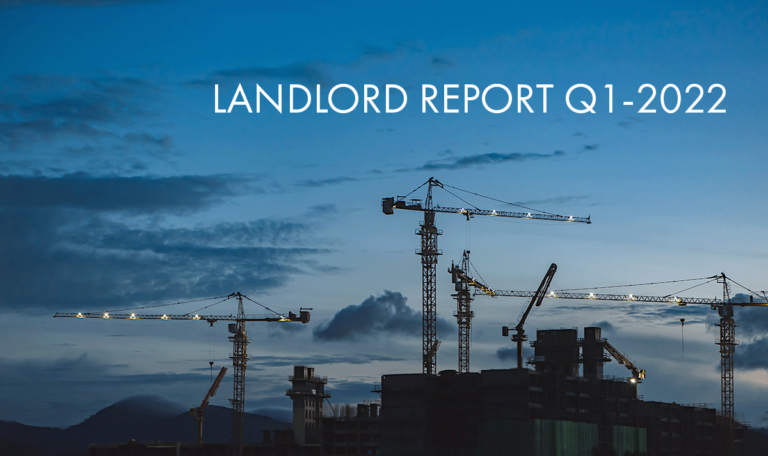
Written by Andrew Macallum, Sales Representative – October 2021
Multi-Unit residential investments rely on several factors to ensure buildings are maintained and operate safely. Where financing can provide some stability, at least over a short term within a total amortization period, the cost to operate can fluctuate season to season and even month to month. Heating, water consumption and boiler maintenance are just a few items that are impacted by weather and can result in costs being unpredictable and higher than expected.
Generally, for multi-unit residential buildings built prior to November 15, 2018, increases in rent are subject to rent control. This, of course, is where the Province of Ontario sets an annual Rent Increase Guideline that is applicable to a unit that has not been subject to an increase in the last 12 months or the tenant not moved in the last 12 months.
“All increases in rent are subject to the rules in the Residential Tenancies Act, 2006 (RTA). The RTA requires the Minister (of Municipal Affairs and Housing) to set the guideline for rent increases every year. A rent increase guideline is the maximum amount by which a landlord can increase the rent for a current tenant without the LTB’s approval. The LTB does not set the guideline and has no power to increase or decrease the guideline.” (www.TribunalsOntario.ca/ltb)
Owners who have diligently applied rent increases to units over the life of a long-term single tenancy are finding that a single unit rent today – regardless of size and despite applying annual rent increases – is below present day market value. Needless to say, owners that have not been as diligent are finding the value of their investment is not meeting their expectations and challenging to operate.
“Generally, a landlord can only increase the rent by the rent increase guideline. However, under certain circumstances a landlord can apply for an increase in rent above the guideline to recover expenses that are not taken into account in calculating the guideline. This is called an application for an above the guideline rent increase or AGI.” (www.TribunalsOntario.ca/ltb)
Owners who have taken consideration of capital improvements to a property and have embarked on an application to the Tribunals Ontario Landlord and Tenant Board for the approval of a rent increase above the guideline (AGI) are met with legal costs and a sluggish timeline.
An application submitted to the LTB today is expected to take no less than 8 to 12 months to receive a hearing date. Until that time, a tenant can choose to either pay the rent for the unit plus the lawful rent increase only. If the application is approved, the tenant would then be responsible for payment of any difference owing. If the application amount is above a specified amount determined by the LTB, then that amount can be added to a subsequent rent increase the following year.
The process for an AGI can be cumbersome. Organized and detailed accounting and record keeping is necessary to ensure that a property is able to meet its operational obligations and provide a competitive capitalization rate when it comes time to sell. It is therefore critical that rent increases – both guideline and above guideline – are included where appropriate as standard operation of a property and applied as permitted.
Andrew Macallum is a Sales Representative with Royal LePage Commercial focused on selling apartment buildings in Southwestern Ontario.


